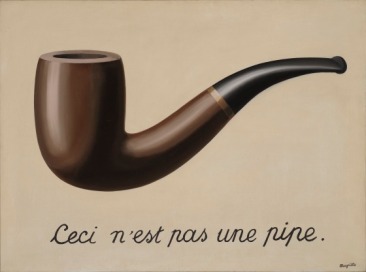Regarding the SC example: The most salient problem is probably that the info he claims is inaccessible and thus unavailable to the visual system is the info he argues it relies on to produce percepts. Shouldn’t this be obvious? The style of argument masks the problem. Roughly, it is as follows:
1. Luminance is the product of illumination and reflectance. Thus the two latter environmental facts are confounded. (Note that here, the limitation being flagged by Purves is that we lack access to R and I, not to L.)
2. Perception of relative lightness is often not correlated with relative luminance.
3. From Step 2, he jumps, unjustifiably to state that we have no access to physical values in the environment. The fact that luminance isn’t always or necessarily correlated with lightness (a percept) doesn’t mean that luminance information is not available to the visual system. It just means that teasing out lightness/reflectance requires an indirect process. But, in order to reject other accounts of how perception works, Purves parlays the illumination/reflectance ambiguity into a claim that no physical info is available to the organism at all.
4. While rejecting access to luminance in order to reject other accounts, he unavoidably bases his own account on the visual system’s having access to to luminance values, to an extent that even exceeds the position of accounts that acknowledge the availability of luminance and contradicts what we know about the visual system. Specifically, his story depends on organisms registering and recording, over minutes, hours, days, lifetimes and generations, absolute and relative luminance. But the visual system is designed to respond to relative, not absolute, luminance (in response, of course, to the absolute intensities hitting the retina). The experimental sampling is, of course, based on absolute luminance values, so these obviously are supposed to play a role in the process.
So anyway, the story seems to be that every luminance pattern from every second of the species existence was recorded and the intensity of light falling on every point on the retina compared to that falling on every other point throughout the lifetime of the organism, and every organism throughout the lifetime of the species. The relative luminance of these points were compared (in particular points near each other – but since the points form a continuous sheet this means that the number of combinations, and at all possible scales, is enormous. However, all this info is said to be effectively recorded throughout the life of each organism and each species, and not only recorded, but reacted to in some way, and the outcomes of each reaction affects the survival and reproduction of the species. So the nervous system of the organism is able to evaluate and selectively respond to the intensity of light coming from every point in the visual field, and also to the relative intensities of light coming from all points in the visual field, and remember them, as well as react to them, and record the frequencies of these occurrences.
The next part of the story is that the appearance of each point, based on its luminance, in the visual field depends on how often it occurred in association with the luminances of points in its vicinity, and in association with particular patterns of points in its vicinity, near or not so near, patterns simple or not so simple. For each of these luminances, in each of these patterns (which inevitably overlap, intersect, interact) the visual system has a record of past relationships to which it compares this one, and adjusts its frequency record accordingly. A point of luminance x will be given a perceptual label y based on how often points of luminance x appeared in the various contexts which “match” the current one. If they occurred often, then it will appear lighter; if they appeared less often, then it will appear darker.
Comments
Even if it were practicable, what would be the adaptive utility of assigning lightness values in this way?
Even if a visual system could register and record in this way, this inductive procedure, failing, as it does, to distinguish chance and necessity, would be useless.
The claim that we can’t access luminance/relative luminance flies in the face of many facts, the simplest perhaps being that if we put surface x on homogeneous background y, and progressively increase the luminance of surface x, it will appear to lighten, and vice versa, in a correlated way, regardless of the lightness of the background.
The problems with the sampling are, of course, legion. Aside from the impossibility of choosing a representative sample, there is also the problem of similarity; the criteria for the “templates” are loose to begin with, and if we add factors (such as the overlap relationship) then our sample would change.
Luminance changes due to shadows and those due to reflectance changes are not distinguished…
Not only illumination is incidental – the patterns on the 2D image are incidental …what does it mean that 2D projections have “highly structured statistics???”
—
The problem also is that any accumulation
